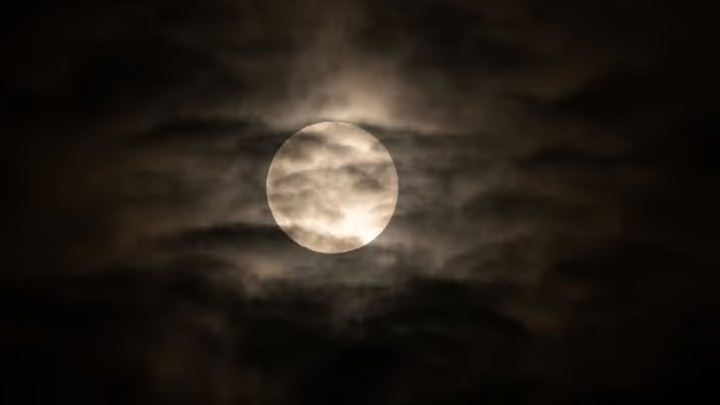In many countries in the world, there is a myth of a creature called ‘the vampire’— an undead, blood-sucking creature with sharp fangs that preys on the living.
The myth of the vampire has existed for a very long time, and according to the Cambridge Archeological Journal, the myth has possibly even existed in societies as old as ancient Egypt. Generally speaking, however, in the English speaking world the term ‘vampire’ is usually associated with an undead creature similar to that of Dracula.
Interestingly enough however, in China, there happens to be a similar legend. The jiangshi, also known as the Chinese hopping vampire, is an undead creature of myth originating from the Xiangxi region of China.
So, what is a jiangshi, and how are they different from characters like Dracula?

The myth of the jiangshi
Similar to the European vampire, a jiangshi is said to have a hunger for human blood. However, unlike a European vampire, a jiangshi supposedly hops around in a stiff posture, hence the name. jiangshis are characterized as having a yellow talisman paper on their heads, having tall hats, stiff posture and pale skin with sharp teeth.
Due to specific beliefs in the afterlife, some of the people in the Xiangxi region of China used to feel very strongly about being buried around where they and their family lived. It was feared that if they were not buried around their family, upon death their ghost would become susceptible to being controlled.
Thus, the corpse would become a vampire controlled by a Taoist priest with evil intentions. A jiangshi would prey on the living, and it was believed by some that it would be bad luck to even come across one of them.
The origins of this myth are likely from ‘corpse herders.’ Originating from the Xiangxi region, this was a tradition in which bodies were carried using bamboo rods on people’s backs. The motion of a corpse going up and down from how a corpse herder carried them is speculated to be the origin of the hopping vampire, as from a distance it would appear like the corpse is hopping around.
Corpse herders transported bodies at night, which no doubt added to the eeriness of seeing a corpse herder from a distance. Undoubtedly, someone seeing the dead seem to move around in the darkness of night would be a frightening sight for anybody.
The corpses carried by the herders had yellow talisman papers on their faces, as well as tall hats on their heads. If you have ever seen jiangshi in a movie such as Mr. Vampire, you will recognize these elements as part of their iconic look.
The corpses chosen for transportation were criminals who died or were executed away from their family. They were then carried towards their hometowns, in order to make sure that they would rest peacefully upon their death.
Interestingly, the myths of vampirism from Slavic mythology are not too dissimilar from the hopping vampire. Although the book Dracula and its subsequent film adaptations have influenced the cultural perception of the European vampire, in Polish mythology vampirism is also linked to beliefs of the afterlife that are not too far off from the Chinese mythology mentioned above.
In this early Slavic mythology, the soul and the body separate upon an individual’s death. Then, the soul will leave the body and remain on earth for a time, generally acting as a benevolent or at least neutral entity.
Similarly to the Chinese mythology I had mentioned previously, it was important for the body to be buried around where the person lived with their family. This was due to a belief that a wayward soul would become more susceptible to becoming a vampire. They had also believed that certain people, such as criminals, were more likely to become vampires upon their death. This is also a trait shared in the mythology of the Xiangxi region.
The word vampire that we use is said to be based on the Polish word ‘vampir’, so it is fair to say that Polish myth has been very influential on how many people see the legendary vampire. Although there are similarities between the jiangshi and the Polish interpretation of a vampire, there are certainly differences too. With that being said, is it appropriate to call a jiangshi a ‘vampire,’ or is that misleading? It’s up to you to decide.
Whether a vampire is inspired by the Xiangxi mythology, the Polish mythology, Bram Stoker’s own original ideas, or something else entirely, the vampire is certainly a legendary monster that has its place in horror movies. jiangshi movies and other kinds of vampire movies are classic staples in the horror genre, as the myth of the vampire inspires many people and will continue to do so.
If you want a movie that shows some of the differences between jianghsis and a European vampire, the film Vampire vs Vampire made in Hong Kong has both kinds of vampires as characters in it, hence the name. It’s a fun and campy movie, so if this kind of thing interests you I would recommend checking it out on Amazon Prime or Apple TV.
